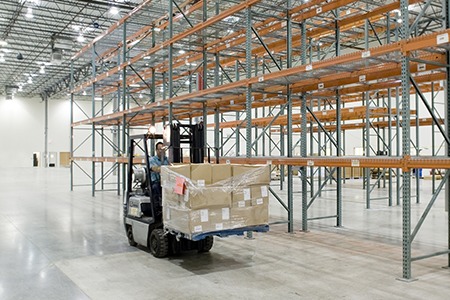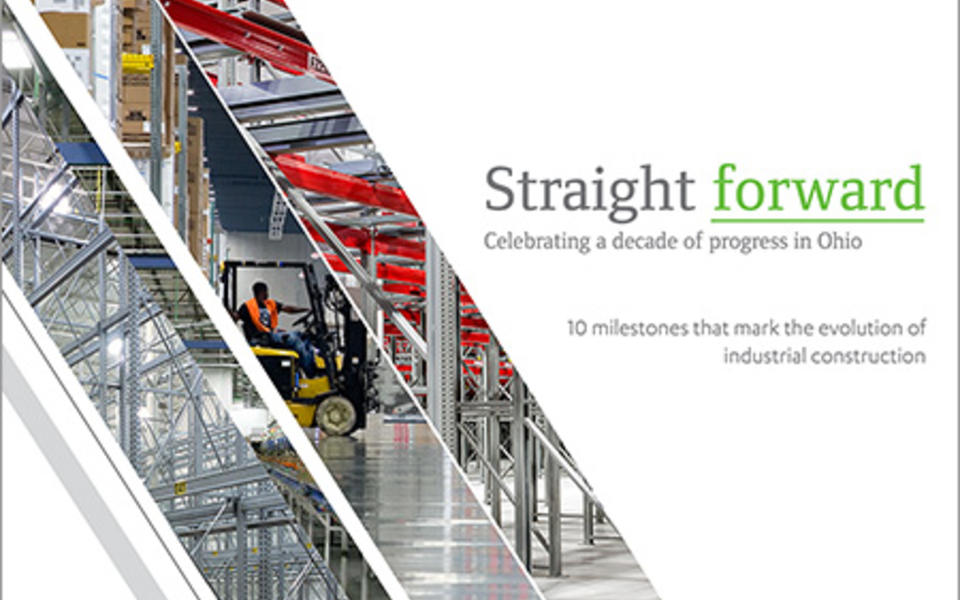Industrial and manufacturing
What do you need to consider when building a top performing industrial facility? This is the first post in a three-part series about important building components to consider when investing in your industrial facility: clear heights and bay spacing, building enclosure and the slab.
The growth of e-commerce has outpaced brick-and-mortar for the past three years and the trend is expected to continue. E-commerce facilities require more square footage, docks and trailer storage, as well as elevated clear heights and additional parking. They also have a more sophisticated conveyer or mezzanine system that requires a higher level of coordination.
While not all buildings are constructed for ecommerce, distributors are asking for equivalent standards to compete. Before deciding on square footage and spacing, it's important to first understand the market conditions, marketability and tenant needs, particularly when developing speculative facilities.
01. Raise the clearance
For e-commerce buildings, bay spacing and clear heights are an important part of the planning process. The standard clear height has traditionally been 32 feet; however, the market is driving the standard height up to 36 feet and taller for e-commerce buildings. Particularly with speculative buildings, we encourage owners to consider raising the standard clear height from 32 feet to at least 36 feet for facilities that reach 500,000 square feet or more to make their building more marketable.
02. Start from the inside out
The best way to design a facility like this is from the inside-out, so it works for operations. Trends in the industry drive bay spacing, which is closely tied to the size and spacing of the racking aisles and the flue space. Coordinate size and spacing so that the columns land in the flue space. Many factors impact the aisle width, like the type of equipment the tenant is using and pallet positions or locations. And every tenant is different.
A design-build team that understands what the market is currently demanding can help owners make informed decisions, particularly for spec construction. While 50-foot bay spacing has been typical, we are seeing 52, 54, 56 and up to 60-foot bay spacing to provide more flexibility for tenants' racking layout needs. A good construction partner should be able to walk you through different scenarios and cost options to help you make a decision that works for both, so your building can work for a variety of functions and tenants.
03. Think ahead
By identifying opportunities and cost exposures early and planning ahead for future expansions, we can uncover opportunities our owners haven't considered. For example, in providing cost analysis on LED high bays versus standard T5 high bay fluorescent fixtures, we have found that, in some cases, a return on investment can be realized in two to three years through energy savings, tax incentives and energy rebates. Developers have one eye on the future and one on the current market. It's important that project teams align our efforts to make "what's next" suggestions that also give our clients a competitive edge today.
About the Author






